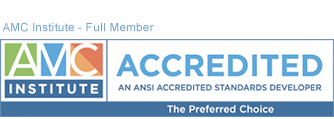Another in a series of articles related to association management selected from our reading list by:
Robert O. Patterson, JD
CEO/ Principal
The Center for Association Resources, Inc.
Benchmarking can be defined as the standard of excellence by which other activities should be judged.
A non-profit can use benchmarking to compare their current performance against their own past performance, or that of other similar non-profits. The scope of the benchmarking can include all aspects of the organization, such as fund-raising, measuring administration costs, and providing services relevant to the organization’s mission. For instance, one measurement the public often considers prior to making donations is the percentage of an organization’s administration costs versus the percentage of funds that are actually used in providing services to the intended population. If an organization has established benchmarks which identify whether the organization is keeping the percentage constant or declining, this could prove valuable to future donation revenue.
Top management often needs to lead the way towards benchmarking. Those in the field providing services often do not immediately see the need for benchmarking. Challenges for establishing and implementing benchmarking activities include overcoming individuals’ resistance to change as well as defining measurements and success for disparate or complex activities. Involving field personnel in the benchmarking process may facilitate overcoming some of these challenges.
Establishing and communicating the achievements of benchmarked measurements can increase public confidence in the efficiency and effectiveness of the organization. Public perception of the organization’s effectiveness is also an important item to gauge. Feedback from surveys, focus groups and online comments can be used to measure how the organization’s activities are perceived by the public. Positive public perception can have a direct impact on donations, so this is an important area to monitor.







